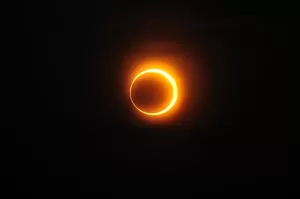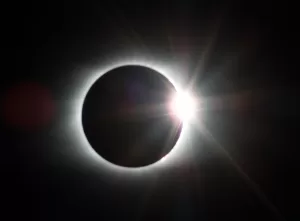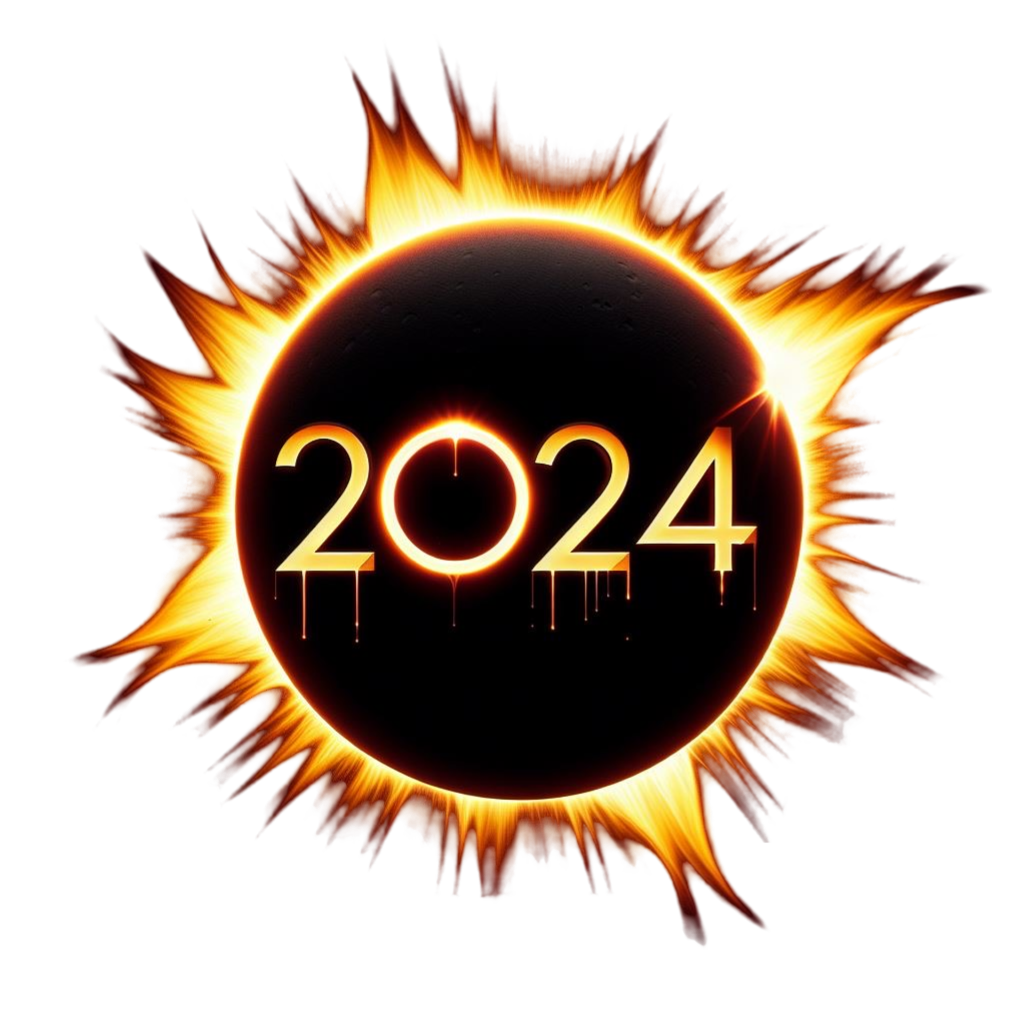Solar eclipses have captivated humanity for millennia, serving as both awe-inspiring celestial events and crucial markers in the advancement of astronomical knowledge. The ability to predict these eclipses accurately is a testament to the ingenuity and mathematical prowess of astronomers throughout history. This blog post delves into the fascinating methods used to forecast solar eclipses, focusing on the Saros cycle and other significant mathematical calculations.
Understanding Solar Eclipses
A solar eclipse occurs when the moon passes between Earth and the Sun, casting a shadow on Earth’s surface and, from our perspective, either partially or wholly obscuring the sun’s light. These events can only happen during a new moon when the Sun and the Moon are in conjunction as seen from Earth. The precise alignment of the Earth, Moon, and Sun required for a solar eclipse is a rare and predictably calculable phenomenon.
The Saros Cycle
The cornerstone of eclipse prediction is the Saros cycle, an eclipse prediction method known to ancient astronomers but still relevant today. The Saros cycle spans approximately 18 years, 11 days, and 8 hours. This period is significant because it represents a time when the relative positions of the Earth, Moon, and Sun return to nearly the same configuration, resulting in a similar eclipse occurring once again.
The cycle’s duration accounts for three key lunar cycles: the synodic month (the time it takes for the Moon to return to the same phase, about 29.5 days), the draconic month (the time it takes for the Moon to return to the same node, about 27.2 days), and the anomalistic month (the time it takes for the Moon to return to its perigee or apogee, about 27.5 days). The alignment of these cycles means that after one Saros period, similar eclipse geometry occurs, enabling the prediction of solar eclipses with remarkable accuracy.
Beyond the Saros Cycle
While the Saros cycle is crucial for understanding the pattern of eclipses, modern astronomers also use more sophisticated mathematical models and computer algorithms. These tools take into account the slight variations in the Moon’s orbit, the Earth’s rotation, and other celestial mechanics to predict eclipses with incredible precision. By incorporating data from satellite observations and refining their understanding of the Moon’s topography and the Earth’s shape, scientists can forecast the timing and path of an eclipse’s shadow on the Earth’s surface to within a few kilometers.
Historical Impact and Modern Significance
The ability to predict solar eclipses has had profound implications throughout history, from validating the heliocentric model of the solar system to allowing ancient and medieval cultures to develop sophisticated calendars and understandings of celestial mechanics. Today, precise eclipse predictions enable scientists to study the Sun’s corona, test general relativity, and provide the public with the information needed to safely observe these spectacular events.
In conclusion, the science of predicting solar eclipses showcases the remarkable human capacity for observation, calculation, and prediction. From the ancient Saros cycle to modern computational models, the journey of understanding these celestial phenomena reflects both the curiosity and the intellectual achievements of humanity.






